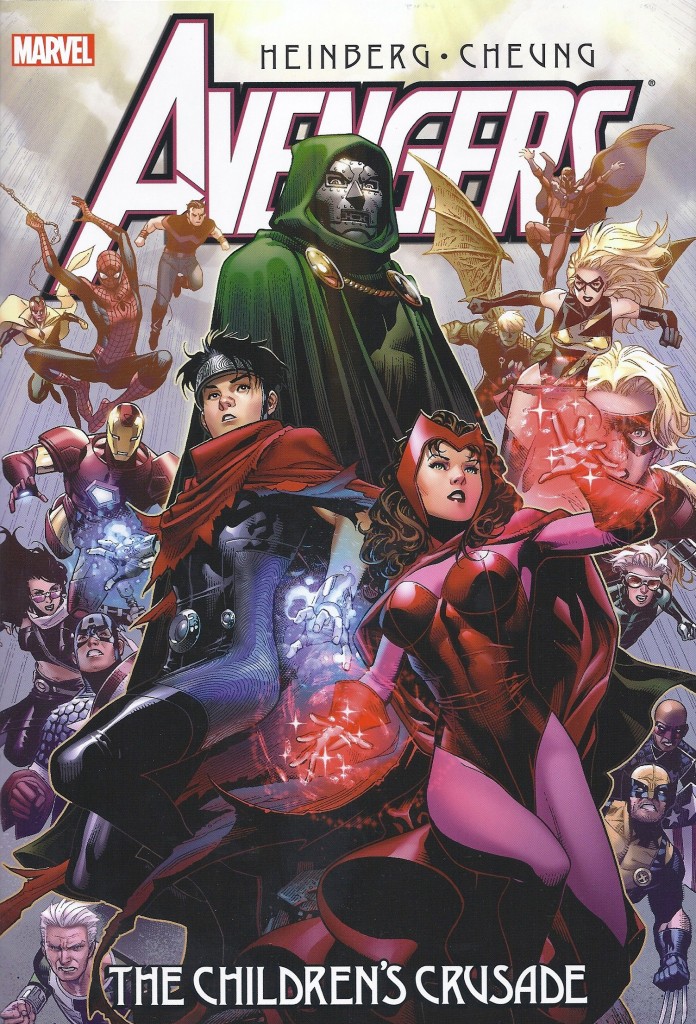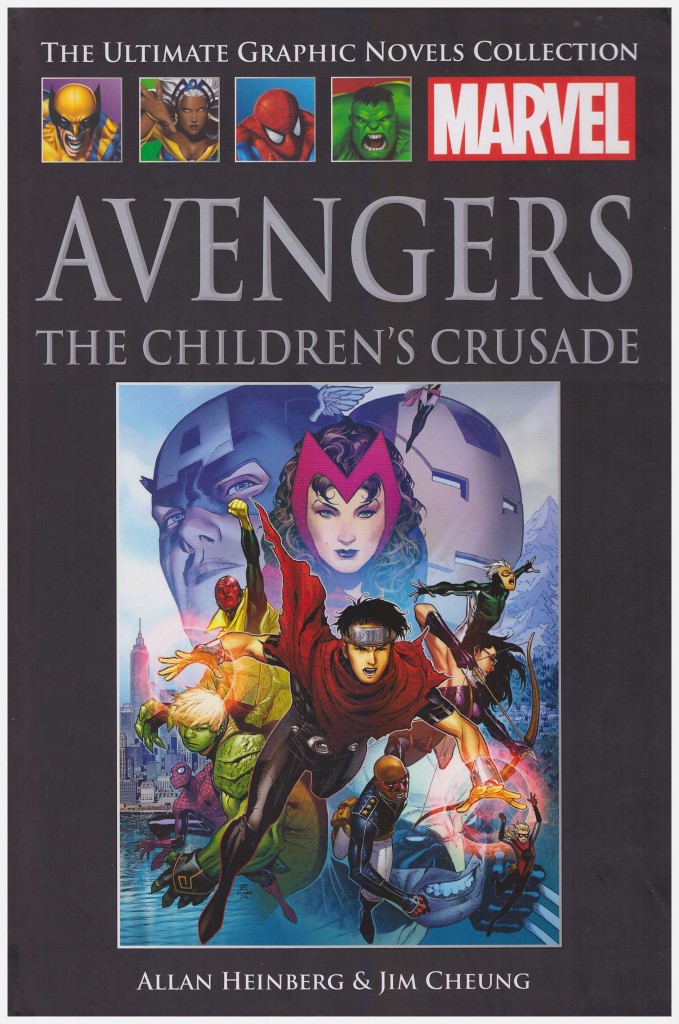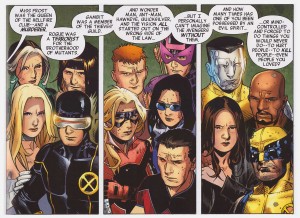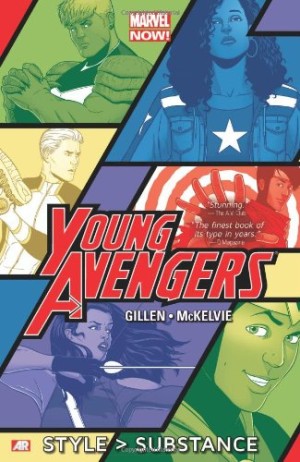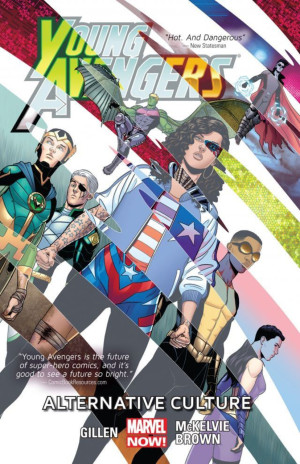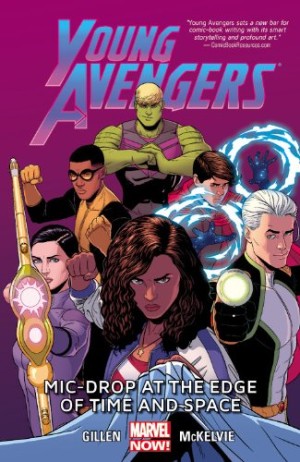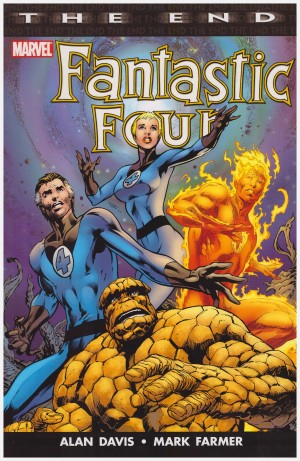Review by Frank Plowright
The core of this well-conceived story is an incredibly complex family dynamic, detailed in situ. A brief synopsis is that Young Avengers Wiccan and Speed may or may not be sons of the Scarlet Witch, unseen since she regressed most of the mutant population to human. Prior to that she’d undergone a breakdown on learning her sons were possibly mere manifestations of her ability to manipulate reality, and her resulting lashing out killed three Avengers. Her brother Quicksilver, her father Magneto, and the reformed Avengers have been unable to locate her. Wiccan’s magical powers may be able to, but the trail leads to someone not lightly trifled with. Meanwhile the Avengers have been putting off how they should deal with the Scarlet Witch, and Wolverine espousing that the only method of preventing another breakdown is to kill her forms the extreme end of the scale.
That alone is a decent set-up, but it’s complicated further by one of the Young Avengers, Iron Lad, being a teenage version of time-travelling villain Kang the Conqueror who’ll do anything to prevent his destiny coming to pass. Doctor Doom is involved, X-Factor are thrown into the mix, then the X-Men and assorted others.
It’s quite the achievement that writer Allan Heinberg keeps this large cast occupied and simultaneously supplies a page-turner that should be comprehensible to people who’re not familiar with the assorted backstories that lead into the narrative. He does even more, though, setting up the conflicts that prompt Avengers vs X-Men, sowing doubt as to the responsibility for a significant event, and neatly drawing a line under his Young Avengers series.
Heinberg’s collaborator on that title was Jim Cheung, who here supplies dynamic superhero action pages, but has a serious flaw when plot points call for a resemblance between characters. Everyone he draws has an identical manga-influenced face, meaning the entire cast could be related. There’s also a chapter in the middle drawn by Alan Davis that neatly reveals the first Young Avengers mission, the consequences thereof and shows them in the future. This appears rather at odds with how the remainder plays out, or is perhaps a clue to how that’s false.
There were controversies associated with The Children’s Crusade. Do we really have to justify a gay kiss in the 21st century? More contentious was the death of two characters. This wasn’t marketing-led exploitation, and in his defence Heinberg can point to a greater number of characters restored for use. One demise in particular, though, makes little sense in context as the sequence it prompts could have been worked in a number of other ways and ultimately doesn’t vary the plot. It’s an odd narrative choice amid a story otherwise notable for poignant character moments.
For all the page-turning aspects of the plot, several elements don’t withstand much logical scrutiny. The sudden conversion of the Scarlet Witch’s husband to be comes across as unconvincing plot convenience, and why is there a robot Scarlet Witch on the loose? This may seem nitpicking, but with so much effort contributed elsewhere it seems odd that these points don’t convince.
In the UK the story is available as a hardbound edition as part of Hachette’s Ultimate Graphic Novels Collection.
